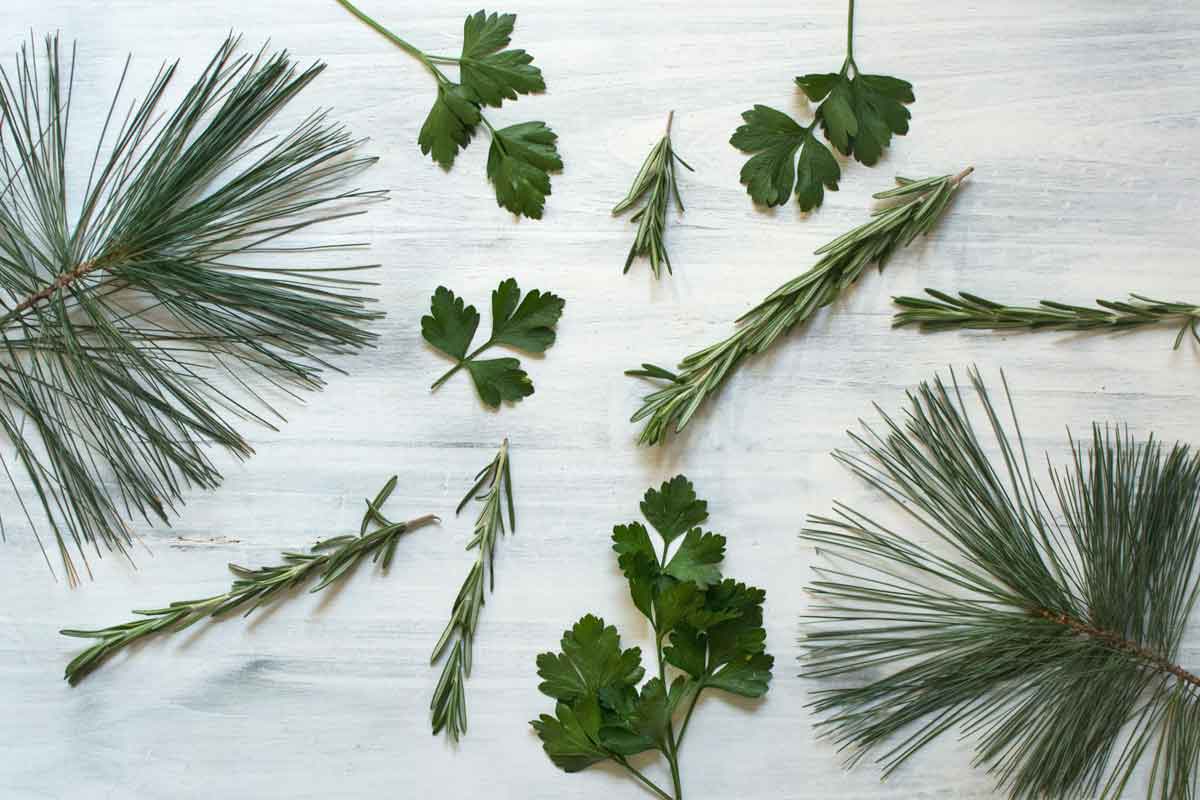What's a terpene?
Terpenes are the compound that give plants their smell and flavor.
When you catch a whiff of a terpene, your olfactory bulb is what's letting your brain know that you're smelling something (PubMed Health). This olfactory bulb is directly connected to your limbic system, the system in the body responsible for your "fight or flight response" to stress, and transmits signals to the brain to release chemicals like serotonin and endorphins, causing you to feel a certain way — like really stressed out and anxious, or calm and refreshed (Science Direct, 2017).
When it comes to cannabis, terpenes work alongside cannabinoids like THC and CBD to dictate what effects a certain strain will have. When someone says that they prefer “more uplifting” or “more relaxing” strains, they are actually referring to the terpene profile as opposed to the cannabinoid profile, which dictates the level of psychoactive experience.

Choosing a Terpene
You may have heard terms like sativa, indica, and hybrid to classify the different types of cannabis strains. Historically, sativa strains contained more uplifting and energizing terpenes while indica strains usually had more sedating and calming terpenes, with hybrid being a mixture of the two. With all the new crossbreeding happening, however, terpenes are being mixed so much that these three classifications are becoming less relevant — instead, we need to focus on identifying the terpene profile of strains and educating ourselves on the therapeutic benefits of those terpenes so that we can choose strains that are best for us.
Terpenes aren’t unique to cannabis!
Like we said, terpenes are the compound that give all plants their smell and flavor — meaning that you can get therapeutic benefits from plants other than cannabis. There are tons of terpenes out there, but some of the most commonly found in cannabis are pinene, limonene, linalool, and myrcene. Today we’d like to introduce you to some of the other plants that have these terpenes.
Limonene
| Aroma: | sweet, tangy, bitter |
| Also in: | rosemary, peppermint, fruit rinds, eucalyptus, juniper |
| Good for: | digestion, athlete's foot & yeast outbreaks, anxiety, depression, immune system, heartburn, mood |
| Therapeutic Properties: | anti-inflammatory, anti-carcinogenic, anti-fungal |
| Commonly found in these cannabis strains: | OG Kush, Super Lemon Haze |
Pinene
| Aroma: | pine |
| Also in: | rosemary, pine, basil, parsley |
| Good for: | pain relief, alertness, memory retention, asthma |
| Therapeutic Properties: | antioxidant, antibacterial, anti-inflammatory, anti-carcinogenic |
| Commonly found in these cannabis strains: | Trainwreck, Jack Herer, Chemdawg, Bubba Kush |

Myrcene
| Aroma: | earthy, musky, clove-like, slightly fruity |
| Also in: | sweet basil, hops, mangoes, lemongrass, thyme |
| Good for: | pain relief, relaxation, muscle tension, depression, increasing the amount of cannabinoids that can be absorbed by the brain |
| Therapeutic Properties: | antibacterial, anti-inflammatory, anti-diabetic, anti-insomnia, antispasmodic, antipsychotic, anti-carcinogenic |
| Commonly found in these cannabis strains: | Pure Kush, White Widow |

Linalool
| Aroma: | floral, sweet, citrus |
| Also in: | cinnamon, lavender |
| Good for: | sleep, relaxation, anxiety, depression, anxiety |
| Therapeutic Properties: | anti-inflammatory, anti-epileptic, antipsychotic |
| Commonly found in these cannabis strains: | Amnesia Haze, Lavender, Purple Kush |
Remember: Everyone is Different
It's important to remember that while like terpenes will produce similar effects, every plant has a slightly different chemical composition that is going to affect how it is absorbed and used by the body (PubMed Health, 2017) — and it's also important to remember that everyone's body is different and may not respond to certain terpenes in the same way. Make sure you stay mindful when trying new products; always practice safety and collect personal data.
Use these reference charts to start learning how to identify terpenes by yourself!


Fighting a virus?
Click here to read our article about what terpenes are best for Cold & Flu Season
This article was written by Kristen Williams published on September 25, 2017. Copyright ©2017 Hempsley®, All Rights Reserved























